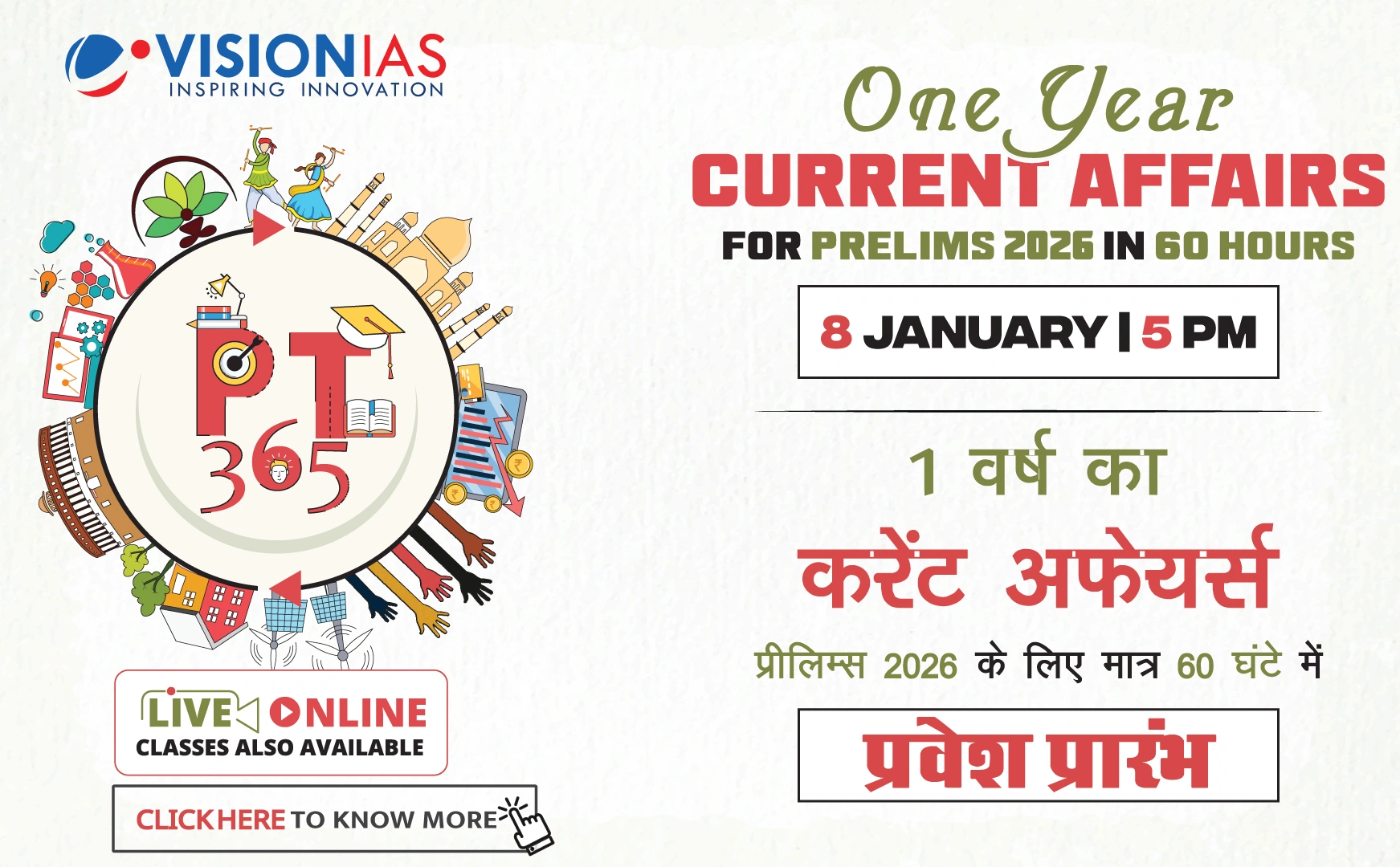Overview of Budget 2025
Budget 2025 is set against a backdrop of slow economic growth, projected at 5.4% for Q2-FY25, and persistent inflation concerns. The Reserve Bank of India’s (RBI’s) Monetary Policy Committee (MPC) faces differing opinions on monetary policy responses. The fiscal authorities play a crucial role in addressing these economic challenges.
Key Economic Issues
- Food Price Volatility: Driven primarily by supply-side factors and unaffected by interest rates.
- Income Effect: Fiscal transfers have enhanced purchasing power, particularly for the poor, contributing to food inflation.
- Supply Challenges: Inadequate storage leads to post-harvest losses, affecting prices.
Recommendations for Budget 2025
- Cold Storage and Logistics: Development through public-private partnerships to improve efficiency.
- Customs Duty: Implement anti-inflationary measures on food items.
- Fiscal Deficit: Maintain a fiscal glide path to restrict the fiscal deficit to 4.5% of GDP.
Interest Rate Cuts and Investment
Interest rate cuts could boost private investment if domestic demand improves. Labour market conditions and wage growth are pivotal, with unemployment rates at 5.7% (urban) and 3.5% (rural). However, real wage growth for semi- and mid-skilled workers remains modest.
Employment and Fiscal Support
- PM Internship Scheme: Needs expansion to reach 10 million beneficiaries in five years.
Taxation and Middle-Class Demand
- Income Tax Cuts: Likely to benefit upper middle and top-income groups more than the broad middle class.
- GST Benefits: Preferable for low- and middle-income groups.
Role of MSMEs
- Significance: MSMEs contribute to about 250 million jobs and 45% of exports.
- Challenges: High borrowing rates and non-performing assets.
- Solutions: Digital collaterals and linking digital infrastructure with the Unified Lending Interface (ULI).
- ONDC Usage: Encouragement through tax rebates and subsidies.
Conclusion
The proposed measures aim to generate employment, boost income levels, and enhance the effectiveness of monetary policies to support economic growth. These insights reflect the author's personal views and not necessarily those of affiliated entities.



